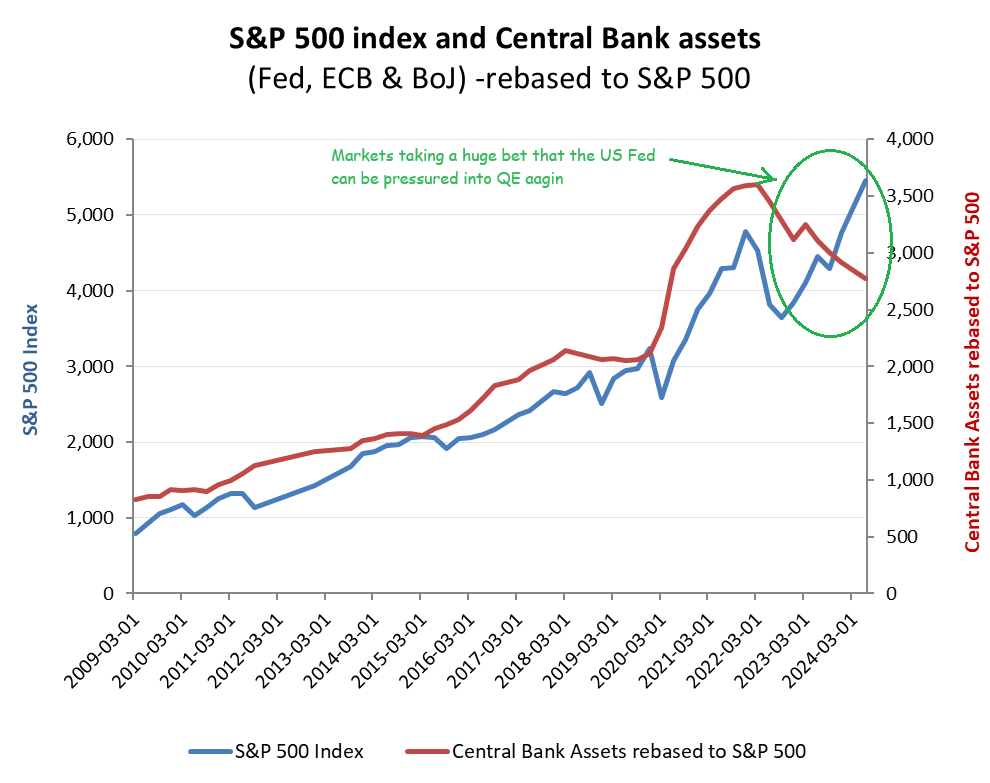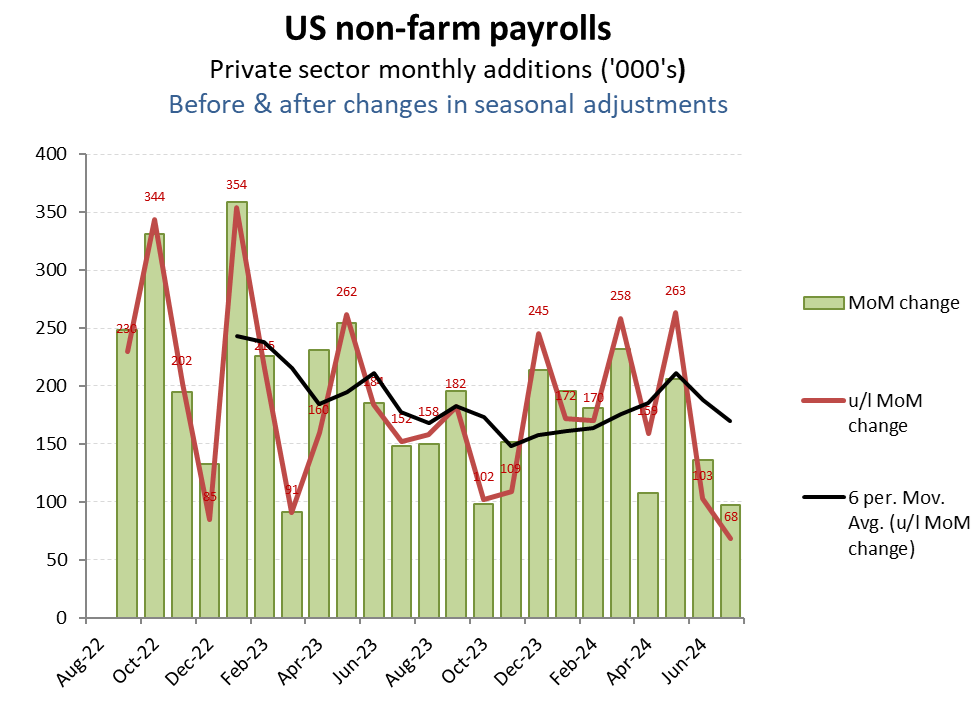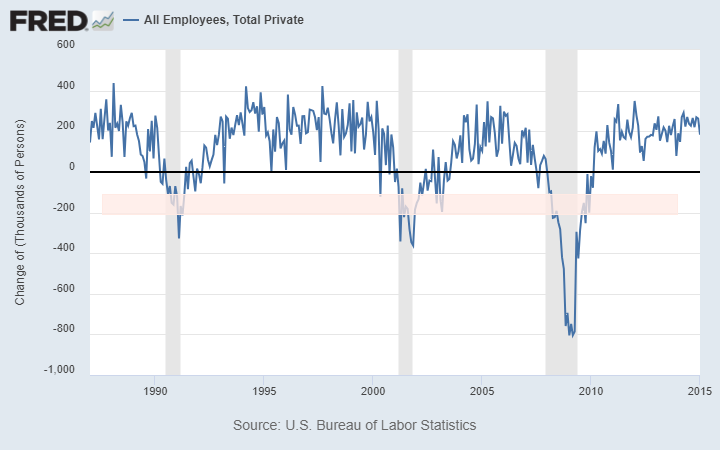Markets play chicken with the US Fed again

Markets are down as a sense of fear grips investors. That however, has less to do with a sudden re-evaluation of the economic outlook following the release of the US employment survey data for July and much more to do with a growing panic that the US Fed is resisting the pressure to be bounced into re-stating the printer and dropping rates. Since the start of the year equity valuations have run ahead on the assumption that the Fed would return the liquidity punch bowl. Instead, rates have stayed high and the Fed has continued to unwind its balance sheet which has left markets highly exposed and hence the clarion calls for early and deep rate cuts and new liquidity stimulus.

So what of these ‘recessionary signals from the July non-farm employment data? Yes, net monthly additions for private sector jobs are slowing, but to to the point that would flag a recession, with net adds for July a positive +68k, rather than the -100k to -200k per month that would signal an imminent recession. Sure, the $1tn per quarter in Federal deficit spending is probably partially responsible for holding this figure up and that ultimately these reckless deficits have have to be eliminated, but not yet

Average wages paint a similar picture, with the rate of growth slowing, but still positive, while also being slightly ahead of the +2.5% last CPI print.

Looking at the employment situation from the other end, the weekly insured unemployment claims data is similarly not yet flagging a recession

While the potential entry into recession this time may be different due to multiple factors, not least being the artificial deficit spending stimulus, which clearly can’t persist, it’s useful to review the historic relationship of employment data as a forward indicator on the economy. What is immediately apparent from the historic data thru previous downturns is that a MoM contraction in net adds of at least -100k, and if not double that has always been associated with a recession, at least since 1990.

